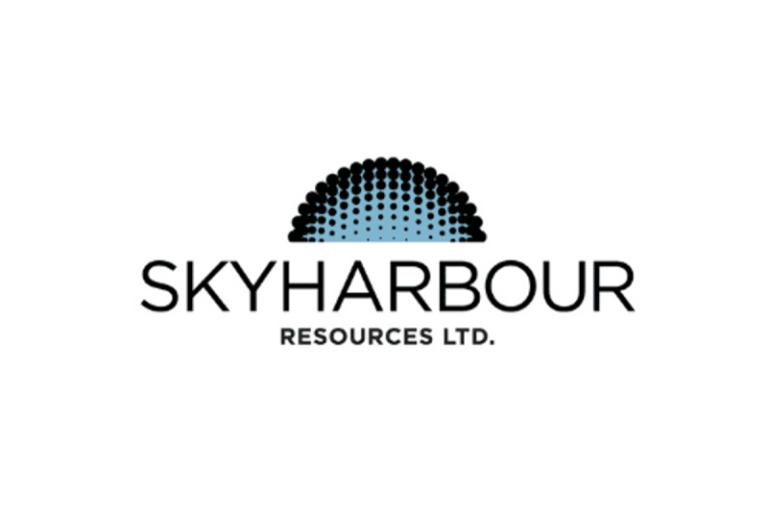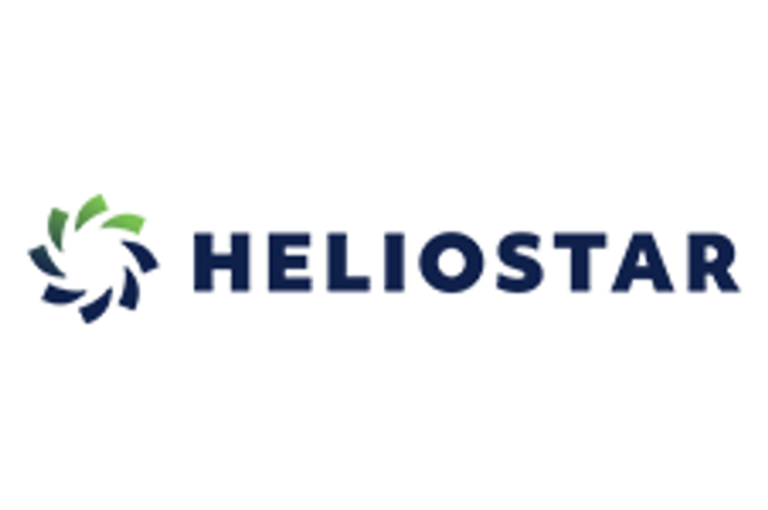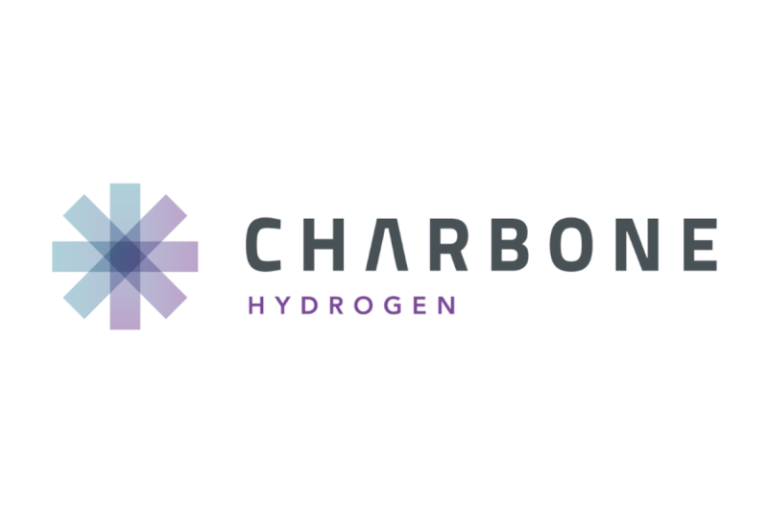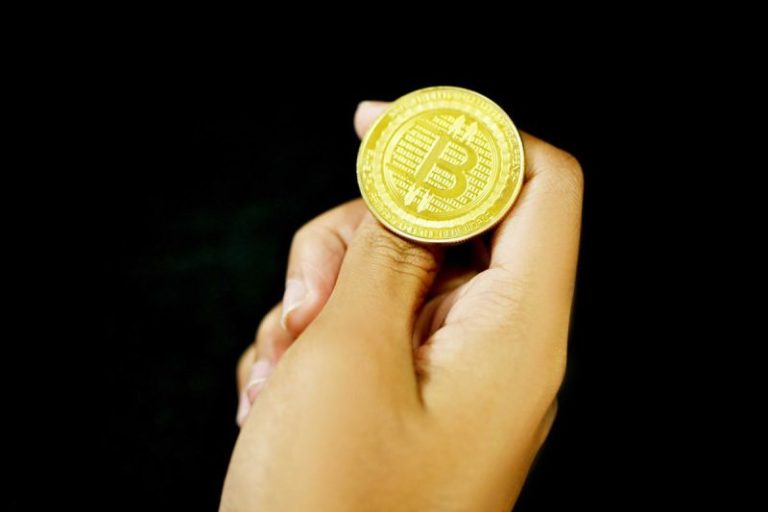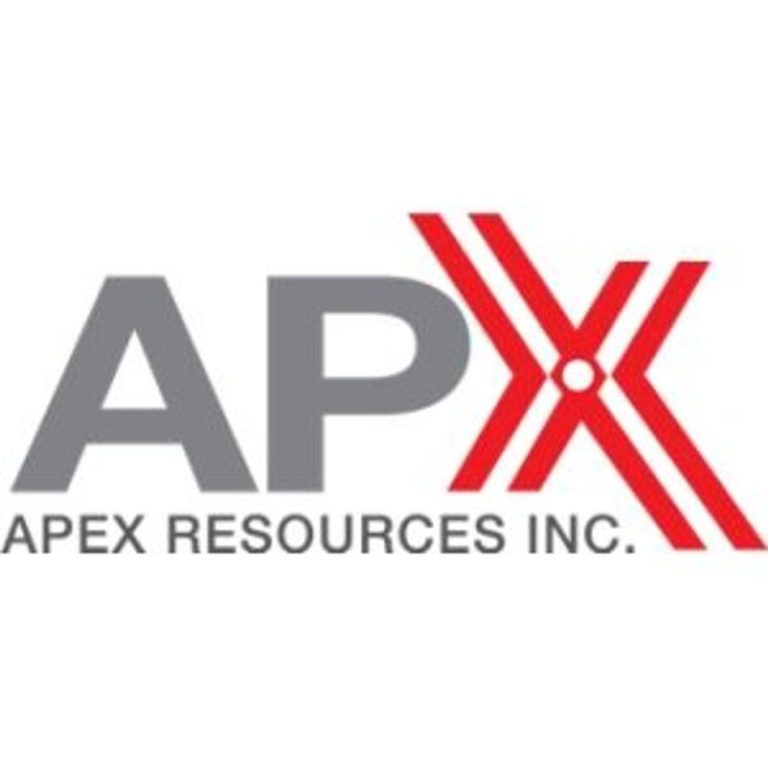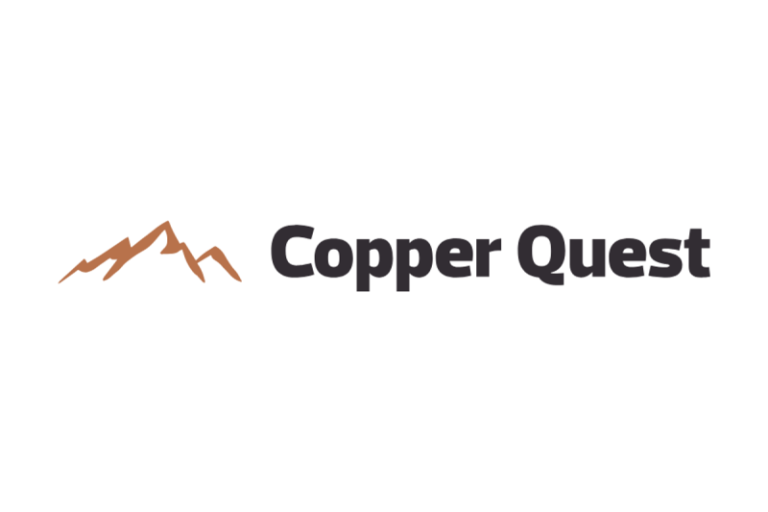Skyharbour Resources Ltd. (TSX-V: SYH ) (OTCQX: SYHBF ) (Frankfurt: SC1P ) (the ‘Company’) is pleased to announce that the Company will be presenting at Red Cloud’s Fall Mining Showcase 2025. The annual conference will be hosted in-person, at the Sheraton Centre Toronto Hotel from November 4-5, 2025. We invite our shareholders, and all interested parties to join us there.
Skyharbour’s President and CEO, Jordan Trimble, will be presenting Wednesday, November 5 th at 1:40 pm Eastern Standard Time, providing an overview and update for the Company.
For more information and/or to register for the conference please visit:
https://redcloudfs.com/fallminingshowcase2025/
Skyharbour Engages Marketing Firm:
The Company has entered into an agreement with Plutus Invest and Consulting (‘Plutus’), a German based communications and media services provider, pursuant to which Plutus will provide the Company with marketing services. The consulting agreement has a term of six months commencing November 1 st , 2025 and shall continue through April 30 th , 2026. The marketing services provided by Plutus will be in consulting with the Company’s management in building investor awareness of the Company through Plutus’s network in Europe. The Company has agreed to pay Plutus a total initial cost of CAD $120,000 upon the commencement of services. Plutus is an arm’s length from the Company and Plutus does not have any interest, direct or indirect, in the Company or its securities. The Company’s engagement of Plutus is subject to the acceptance of the TSX Venture.
About Skyharbour Resources Ltd.:
Skyharbour holds an extensive portfolio of uranium exploration projects in Canada’s Athabasca Basin and is well positioned to benefit from improving uranium market fundamentals with interest in thirty-seven projects covering over 616,000 hectares (over 1.5 million acres) of land. Skyharbour has acquired from Denison Mines, a large strategic shareholder of the Company, a 100% interest in the Moore Uranium Project, which is located 15 kilometres east of Denison’s Wheeler River project and 39 kilometres south of Cameco’s McArthur River uranium mine. Moore is an advanced-stage uranium exploration property with high-grade uranium mineralization in several zones at the Maverick Corridor. Adjacent to the Moore Project is the Russell Lake Uranium Project, in which Skyharbour is operator with joint-venture partner RTEC. The project hosts widespread uranium mineralization in drill intercepts over a large property area with exploration upside potential. The Company is actively advancing these projects through exploration and drilling programs.
Skyharbour also has joint ventures with industry leader Orano Canada Inc., Azincourt Energy, and Thunderbird Resources at the Preston, East Preston, and Hook Lake Projects, respectively. The Company also has several active earn-in option partners, including CSE-listed Basin Uranium Corp. at the Mann Lake Uranium Project; TSX-V listed North Shore Uranium at the Falcon Project; UraEx Resources at the South Dufferin and Bolt Projects; Hatchet Uranium at the Highway Project; CSE-listed Mustang Energy at the 914W Project; and TSX-V listed Terra Clean Energy at the South Falcon East Project.
In aggregate, Skyharbour has now signed earn-in option agreements with partners that total to over $36 million in partner-funded exploration expenditures, over $20 million worth of shares being issued, and $14 million in cash payments coming into Skyharbour, assuming that these partner companies complete their entire earn-ins at the respective projects.
Skyharbour’s goal is to maximize shareholder value through new mineral discoveries, committed long-term partnerships, and the advancement of exploration projects in geopolitically favourable jurisdictions.
Skyharbour’s Uranium Project Map in the Athabasca Basin:
https://skyharbourltd.com/_resources/news/SKY_SaskProject_Locator_2025_07_16_v1.jpg
To find out more about Skyharbour Resources Ltd. (TSX-V: SYH) visit the Company’s website at www.skyharbourltd.com
Skyharbour Resources Ltd.
‘Jordan Trimble’
Jordan Trimble
President and CEO
For further information contact myself or:
Nicholas Coltura
Investor Relations Manager
Skyharbour Resources Ltd.
Telephone: 604-558-5847
Toll Free: 800-567-8181
Facsimile: 604-687-3119
Email: info@skyharbourltd.com
NEITHER THE TSX VENTURE EXCHANGE NOR ITS REGULATION SERVICES PROVIDER ACCEPTS RESPONSIBILITY FOR THE ADEQUACY OR ACCURACY OF THE CONTENT OF THIS NEWS RELEASE.
This release includes certain statements that may be deemed to be ‘forward-looking statements’. All statements in this release, other than statements of historical facts, that address events or developments that management of the Company expects, are forward-looking statements, including the Private Placement. Although management believes the expectations expressed in such forward-looking statements are based on reasonable assumptions, such statements are not guarantees of future performance, and actual results or developments may differ materially from those in the forward-looking statements. The Company undertakes no obligation to update these forward-looking statements if management’s beliefs, estimates or opinions, or other factors, should change. Factors that could cause actual results to differ materially from those in forward-looking statements, include market prices, exploration and development successes, regulatory approvals, continued availability of capital and financing, and general economic, market or business conditions. Please see the public filings of the Company at www.sedarplus.ca for further information.
News Provided by GlobeNewswire via QuoteMedia

